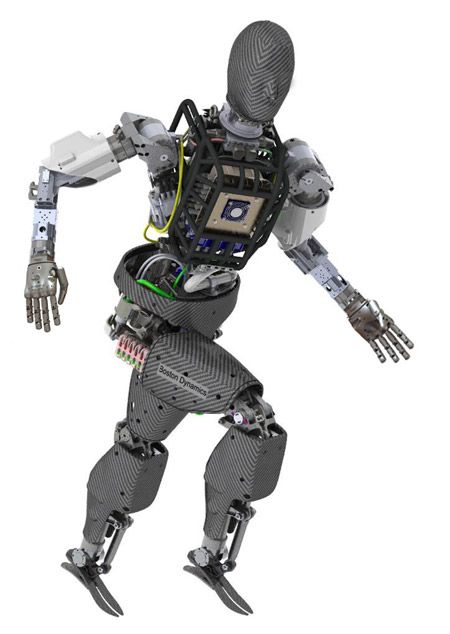This is a blog containing all the technological studies we've learnt and practised throughout the year in 3 ESO B.
- Measuring electric magnitudes
There are 5 electric magnitudes:
- Intensity: unit of measurement is the ampere (A). It measures the quantity of electrons.
- Voltage: unit of measurement is the volt (V). It measures the power of electrons.
- Resistance: unit of measurement is the ohm (Ω). It is the opposition to the current.
- Power: unit of measurement is the watt (W). It is the capacity to do work.
- Energy: unit of measurement is the joule/kilowatt per hour (J/kW·h). It is the work we've done.
Here is a simple chart:

Laws for electric magnitudes:
- Ohm's law: establishes the relationship between intensity, resistance and tension to measure resistance.
Formula: V = I·R
- Power: establishes the gain in power: P=V·I
- Energy: establishes the gain in energy. We have to multiply power by time (s): E = P·T




